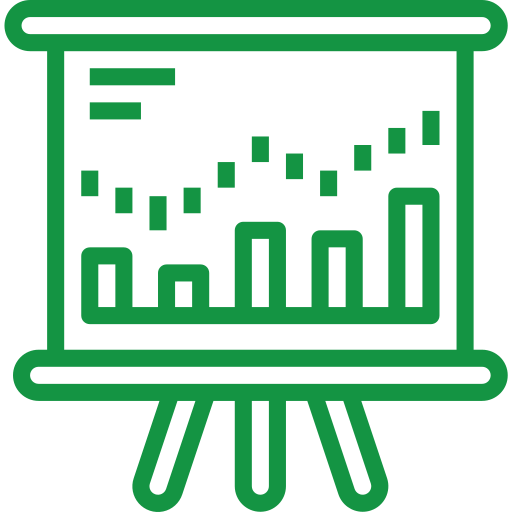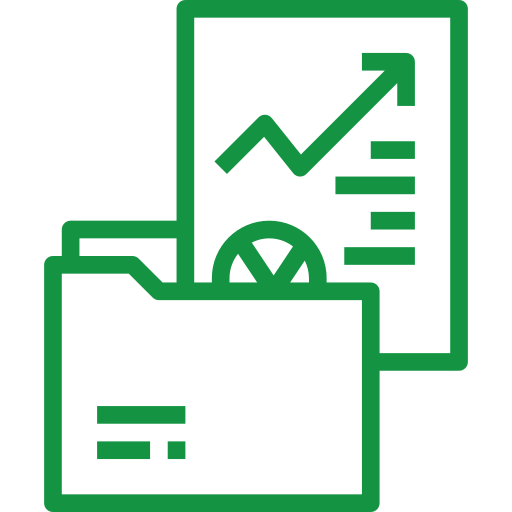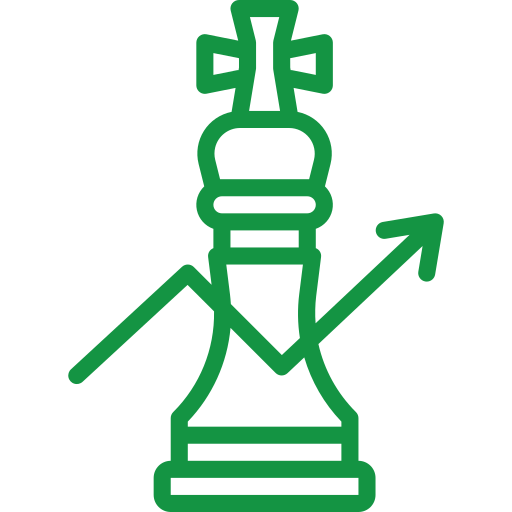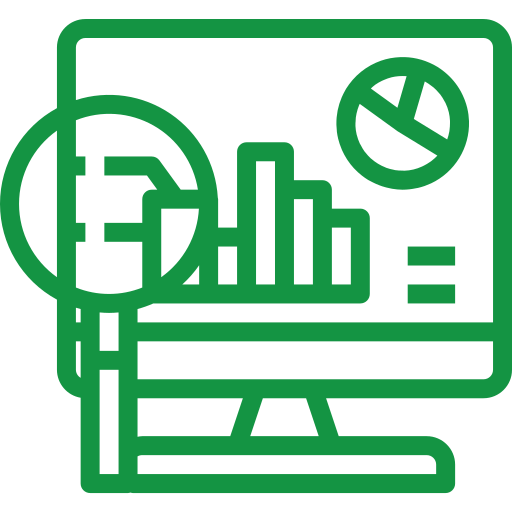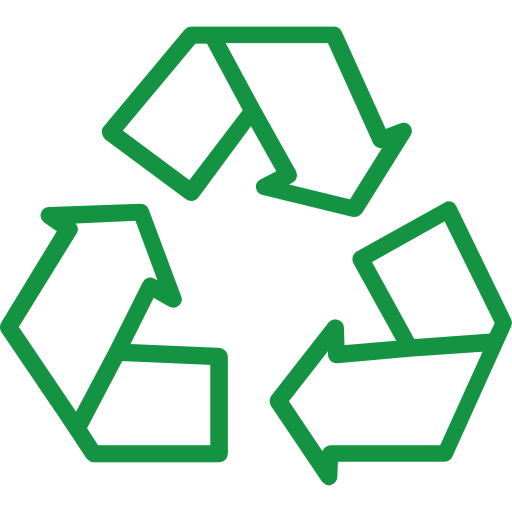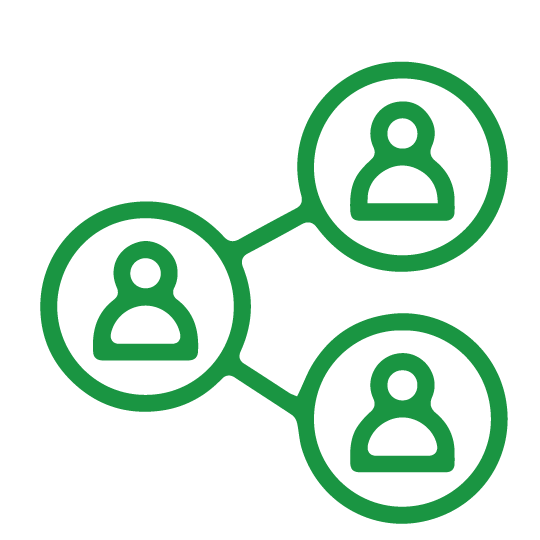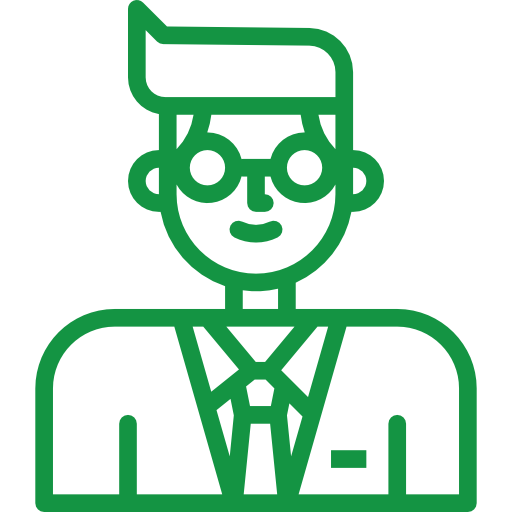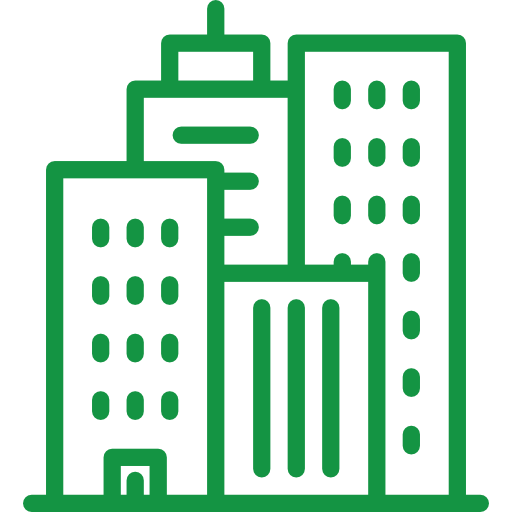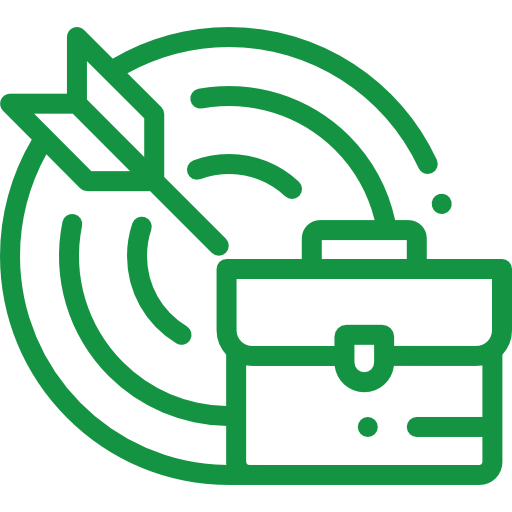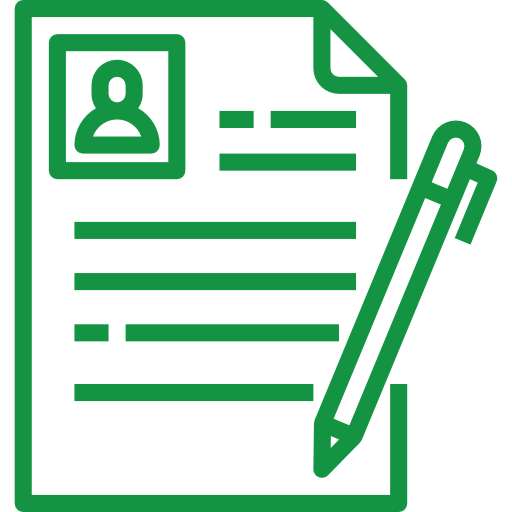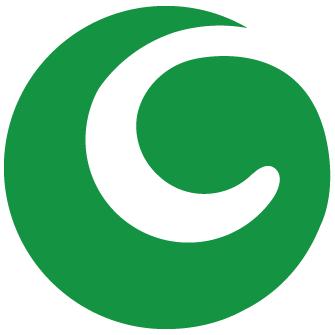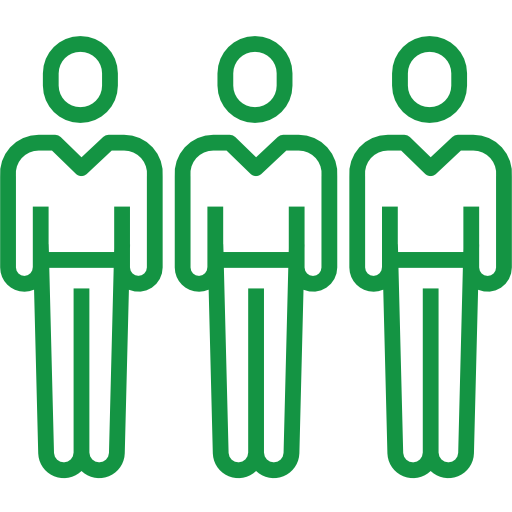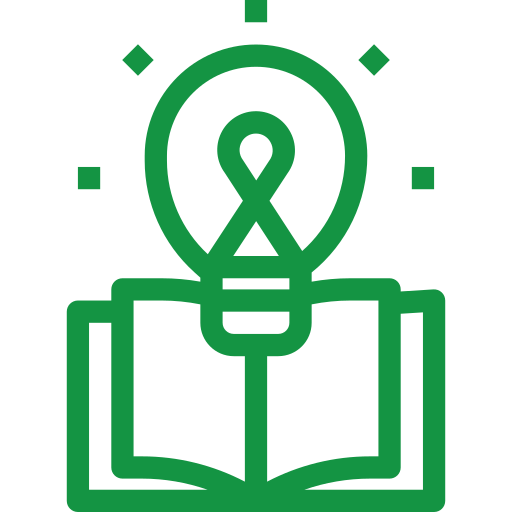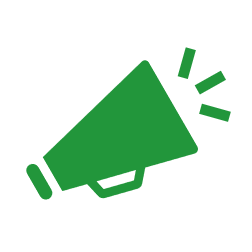With over 1 million members, FNV (Federatie Nederlandse Vakbeweging) is the largest trade union in the Netherlands. FNV stands up for the interests of members who work, want to work or have worked.
FNV's work organisation works on behalf of and for the union representing its members. FNV is an organisation with around 1,800 employees and a large group of volunteers (around 15,000) who carry out work for the union. These employees and volunteers represent the members, who are divided into different sectors. Members, volunteers, potential members and employees can meet for e.g. advice talks, support, activities, (net)work and meetings in FNV union houses and consulting locations, spread across the country.
Issue
FNV is a merger organisation created in 2014 by the merger between the trade union federation FNV and the FNV unions Abvakabo FNV, FNV Bondgenoten, FNV Bouw and FNV Sport. These were joined in 2016 and 2017 by FNV Kiem, Jong and Zelfstandigen. This merger has brought with it the challenge of unifying, further professionalising and integrating the organisation. In addition, there are major changes in the environment that require adjustments to the organisation. FNV therefore asked Improven to help it with process optimisation for both the primary and supporting processes with the aim of being a more efficient, innovative, controlled and customer-oriented organisation. In addition, the improved processes serve as a starting point for the design of supporting automation.
Our approach & results
Improven guided FNV during process optimisation within domains such as P&O, collective advocacy, individual advocacy and support services. Each domain was taken up as a separate project, with a design and implementation phase, by a combined team of Improven and FNV employees. The design phase was initiated through a session with the management during which the goals and frameworks to be realised for the domain in question were defined. Then, during various in-depth sessions with experts and knowledge owners from the relevant domain, the processes were further designed based on the previously defined goals and frameworks. The design phase ended with an approval session with the same board members who had defined the goals and frameworks in the start-up phase of the design.
After the design of the processes was realised and approved, the implementation of the relevant process was taken up, together with the organisation. Within the implementation phase, the optimised process was also automated (supported) as much as possible.


